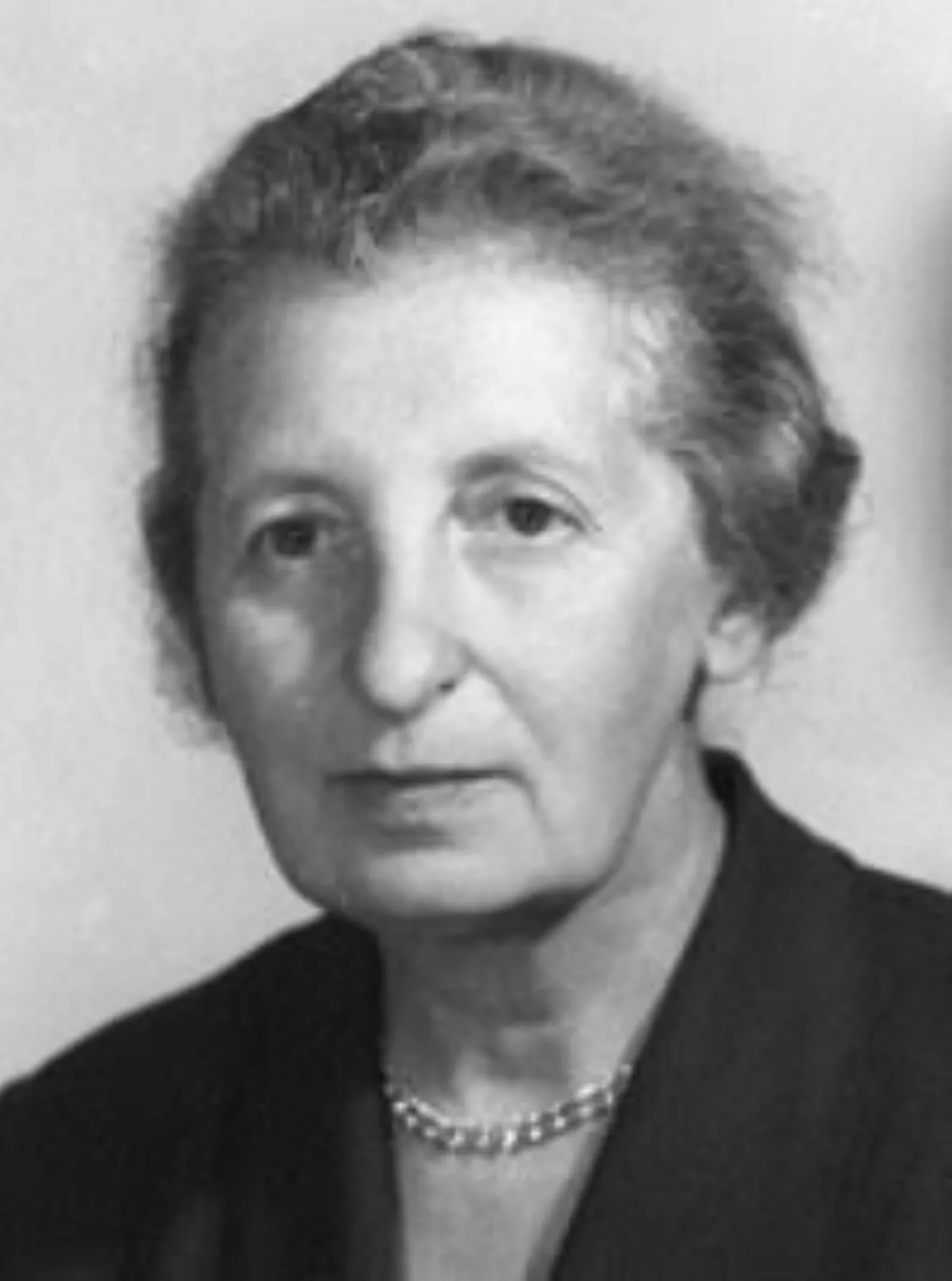 1.
1. Elizabeth Rona was a Hungarian nuclear chemist, known for her work with radioactive isotopes.

 1.
1. Elizabeth Rona was a Hungarian nuclear chemist, known for her work with radioactive isotopes.
Elizabeth Rona was awarded the Haitinger Prize by the Austrian Academy of Sciences in 1933.
Elizabeth Rona was posthumously inducted into the Tennessee Women's Hall of Fame in 2015.
Elizabeth Rona was born on 20 March 1890 in Budapest, Hungary, to Ida, and Samuel Rona.
Elizabeth Rona enrolled in the Philosophy Faculty at the University of Budapest, studying chemistry, geochemistry, and physics, receiving her PhD in 1912.
Elizabeth Rona began her postdoctoral training in 1912 at the Animal Physiology Institute in Berlin and the Kaiser Wilhelm Institute, studying yeast as a reagent.
Elizabeth Rona first coined the terms "isotope labels" and "tracers" during this study, noting that the velocity of diffusion depended on the mass of the nuclides.
When Hevesy left Budapest, in 1918 Franz Tangl, a noted biochemist and physiologist of the University of Budapest, offered Elizabeth Rona a teaching position.
Elizabeth Rona taught chemistry to selected students whom Tangl felt had insufficient knowledge to complete the course work, becoming the first woman to teach chemistry at university level in Hungary.
Elizabeth Rona joined Hahn's staff in Berlin to separate ionium from uranium.
Elizabeth Rona's training allowed her to return to a more stable Hungary and accept a position in a textile factory there in 1923.
Elizabeth Rona did not care for the work and soon left, joining the staff of the Institute for Radium Research of Vienna in 1924 at the request of Stefan Meyer.
Elizabeth Rona developed an enhanced method of preparing polonium sources and producing alpha-emissions.
Elizabeth Rona's skills were in high demand and she formed many collaborations in Vienna, working with Ewald Schmidt on the modification of Paul Bonet-Maury's method of vaporizing polonium; with Marietta Blau on photographic emulsions of hydrogen rays; and with Hans Pettersson.
In 1934, Elizabeth Rona was back in Paris studying with Joliot-Curie, who had discovered artificial radioactivity.
In 1935 Elizabeth Rona consolidated some of these relationships, working on Stora Borno, then visiting Gleditsch in Oslo, then traveling to Copenhagen to see Hevesy, and later to Kalhuvudet, Sweden to meet with Karlik and Pettersson.
Elizabeth Rona first returned to Budapest and worked in an industrial laboratory, but within a few months, the position was eliminated.
Elizabeth Rona worked from October to December 1938 in Sweden, and then accepted a temporary position for one year at the University of Oslo, which had been offered by Gleditsch.
Reluctant to leave her home, at the end of her year in Oslo, Elizabeth Rona returned to Hungary.
Elizabeth Rona was appointed to a position at the Radium-Cancer Hospital in Budapest, preparing radium for medicinal purposes.
Elizabeth Rona's study, completed in 1942, showed that the ratio of radium to uranium was lower in seawater and higher in river water.
When Elizabeth Rona responded that she would be interested in helping with the war effort but had immigration issues, Brian O'Brien appeared in her office and explained the nature of the confidential work for the Manhattan Project.
Plutonium plants, based on her specifications for what was needed to process element, were built in the New Mexico desert at Los Alamos National Laboratory, but Elizabeth Rona was given no details.
Elizabeth Rona's methods were used as part of the experiments conducted by the Office of Human Radiation Experiments to determine the effects of human exposure to radiation.
Elizabeth Rona purchased protective gear with her own money, not believing there was no danger.
When vials of radioactive material exploded and the laboratory became contaminated, Elizabeth Rona was convinced her mask had saved her.
Gleditsch had warned her of the dangers the year Elizabeth Rona was sick and living in Paris, when Joliot-Curie died, emphasizing the risk of radium-related anemia.
Elizabeth Rona retired from Oak Ridge in 1965 and then went to work at the University of Miami, teaching at the Institute of Marine Sciences where she worked for a decade.
Elizabeth Rona retired for a second time in 1976 and returned to Tennessee in the late 1970s, publishing a book in 1978 on her radioactive tracer methods.
Elizabeth Rona did not receive full acknowledgment for her accomplishments during her era.
Elizabeth Rona was posthumously inducted into the Tennessee Women's Hall of Fame in 2015.